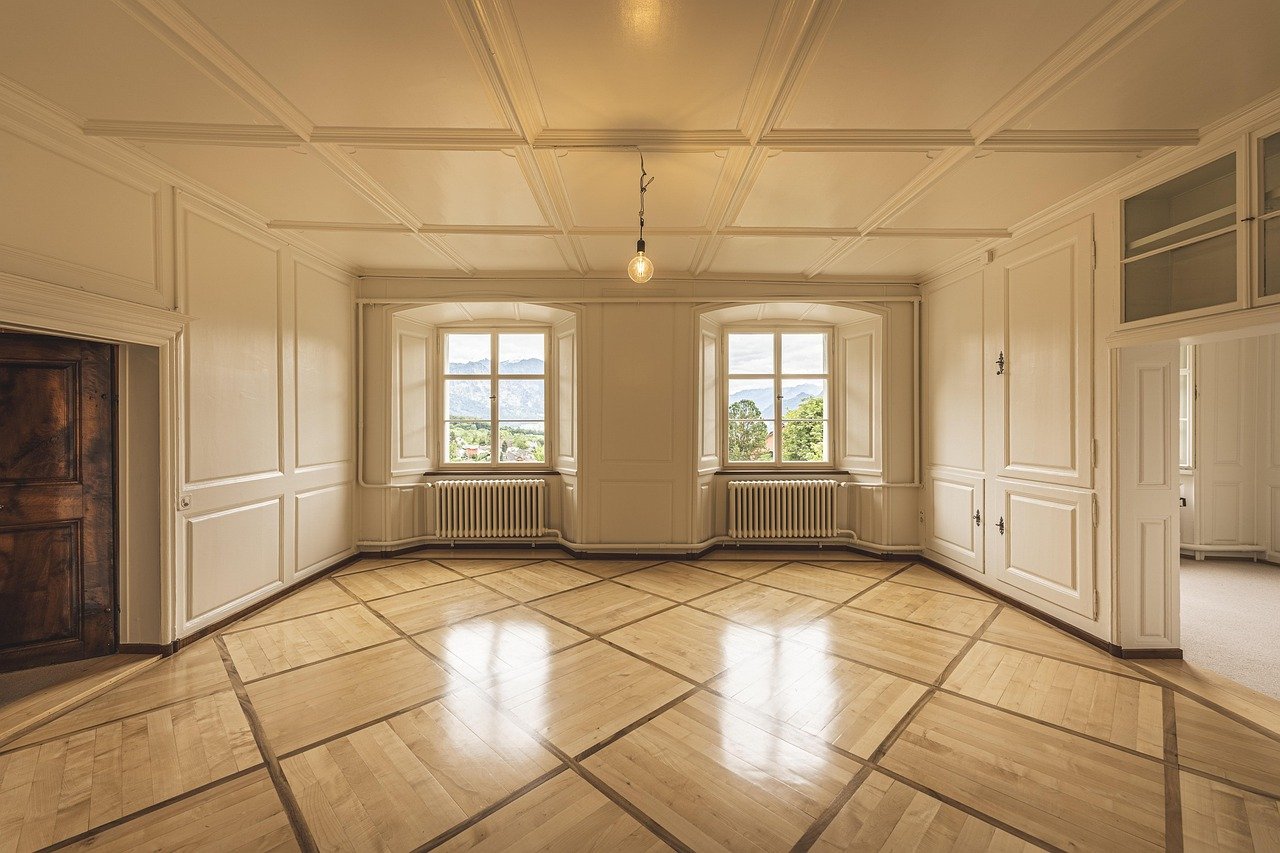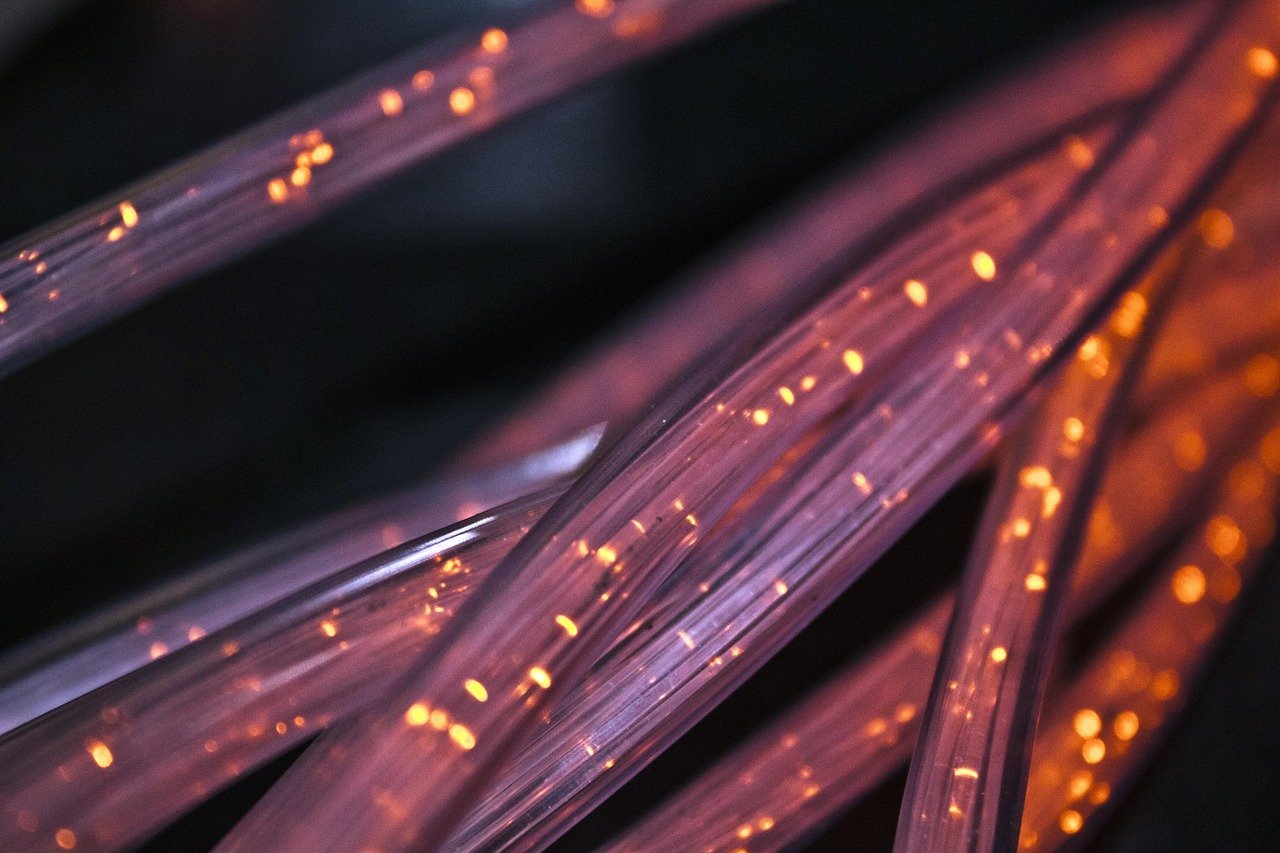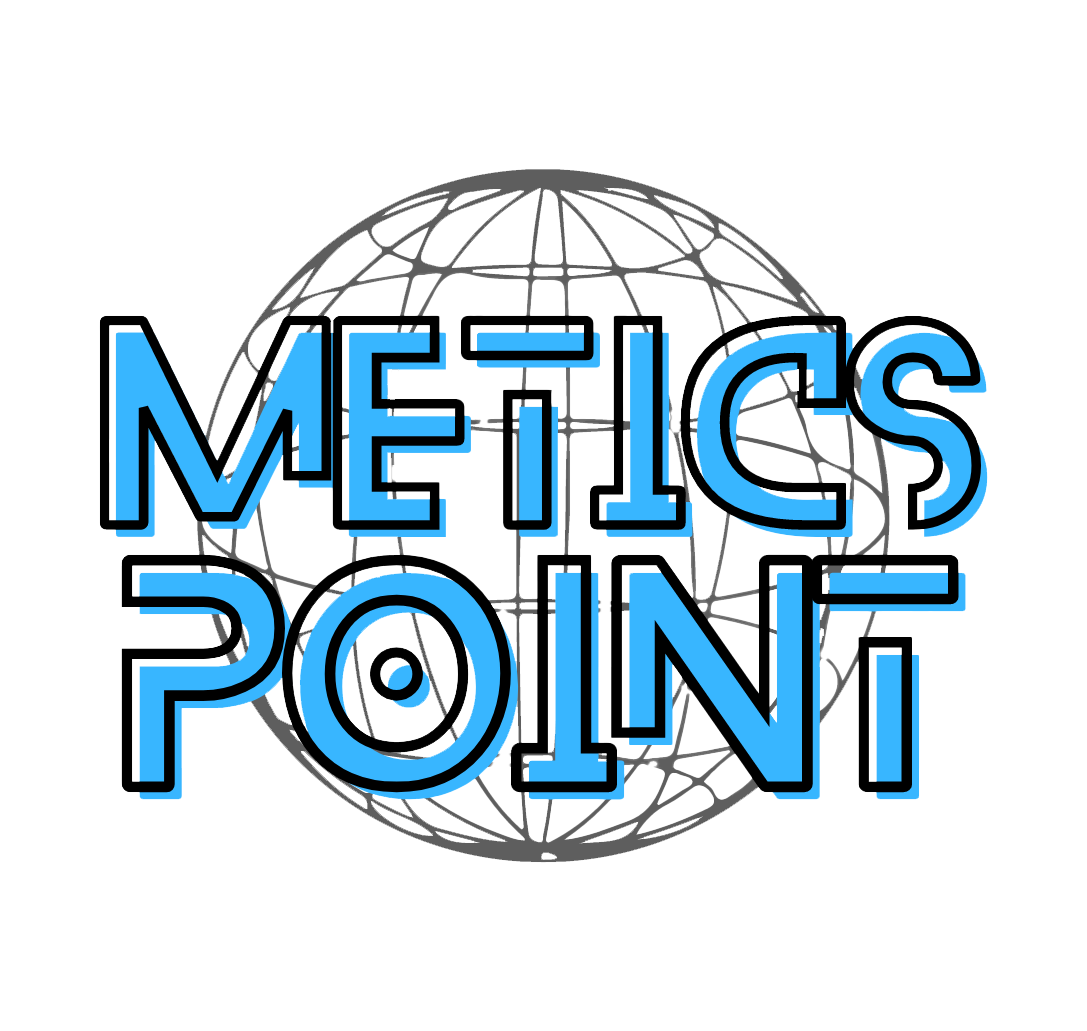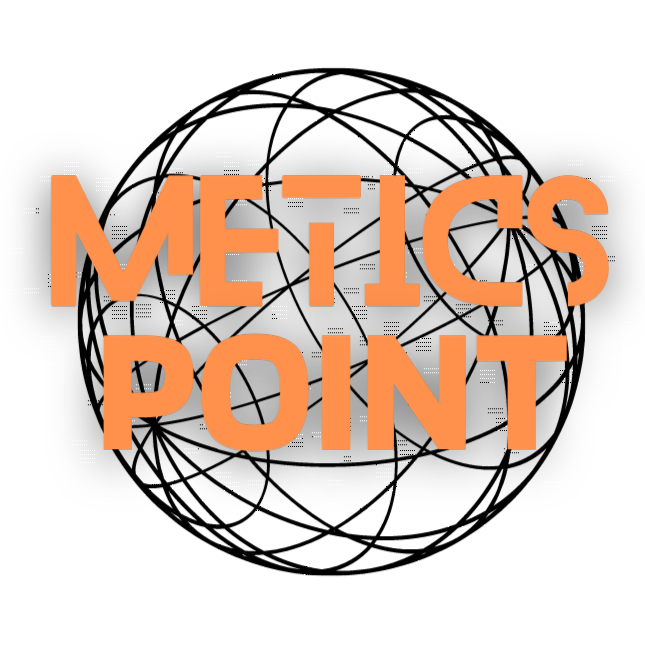Table of Contents
Protecting Your Wine and Rare Plant Collections with IoT Technology: Smart Preservation and Digital Certification
The convergence of Internet of Things (IoT) technology and collection management has revolutionized how enthusiasts and professionals safeguard their valuable assets. Whether you’re curating a cellar of fine wines or nurturing rare botanical specimens, the stakes have never been higher—a single temperature fluctuation or humidity spike can destroy decades of investment and passion. According to a 2024 Wine Market Council study, 68% of fine wine collectors experienced quality degradation due to improper storage conditions, with temperature fluctuations above 2°C causing irreversible damage to wines valued at over $15,000 per bottle.
This alarming statistic underscores why traditional preservation methods no longer suffice. Modern collectors are turning to IoT-enabled smart preservation systems that combine real-time environmental monitoring, predictive analytics, and blockchain-based digital certification to create comprehensive protection ecosystems. These technologies don’t just react to problems—they prevent them entirely while simultaneously establishing irrefutable provenance records that enhance both security and value. This guide explores professional-grade implementation of IoT technology for collection preservation, from sensor deployment architecture to cybersecurity protocols that protect your physical and digital assets.
IoT-Enabled Environmental Monitoring Systems for Collection Preservation
Sensor Network Architecture and Deployment Strategy
Implementing effective IoT monitoring for wine collections and rare plants requires a carefully designed sensor network that captures critical environmental parameters with precision. The foundation begins with selecting enterprise-grade sensors capable of measuring temperature (±0.1°C accuracy), humidity (±2% RH), light intensity (lux), air quality (VOC detection), and vibration levels. For wine cellars, deploy primary sensors at multiple vertical levels, since temperature stratification can vary by 3-5°C from floor to ceiling in improperly insulated spaces. Research from the International Wine Storage Institute demonstrates that three-point vertical monitoring (floor, mid-level, ceiling) reduces undetected micro-climate variations by 89% compared to single-sensor installations.
Rare plant collections demand additional parameters including soil moisture (tensiometer-based sensors), CO2 concentration for enclosed growing environments, and PAR (Photosynthetically Active Radiation) meters for optimizing light conditions. The deployment topology should follow a mesh network architecture using protocols like Zigbee or Z-Wave, which provide superior reliability compared to WiFi-only systems.
Mesh networks automatically reroute data if individual nodes fail, ensuring continuous monitoring even during partial system outages. Install gateway hubs with cellular backup connectivity (4G/5G) to maintain data transmission during internet disruptions—a critical consideration for collections valued above $50,000. Each sensor node should transmit readings at 5-15 minute intervals, with alert thresholds configured based on collection-specific requirements: wine cellars typically trigger alerts at ±1°C deviation or ±5% humidity change, while tropical rare plants may require tighter tolerances of ±0.5°C.
[Source: keyzard.org, “Advanced IoT Monitoring Systems for High-Value Collections”, 2024]
Real-Time Analytics and Predictive Maintenance Protocols

The true power of IoT monitoring emerges through sophisticated data analytics that transform raw sensor readings into actionable intelligence. Modern smart preservation platforms utilize machine learning algorithms trained on historical environmental data to establish baseline patterns unique to your collection’s microclimate. These systems detect anomalies by comparing current readings against expected patterns, identifying potential equipment failures before they impact your collection. For instance, a gradual 0.2°C temperature increase over 48 hours might indicate a failing HVAC compressor, triggering a maintenance alert 3-5 days before complete failure.
According to a 2024 IoT Analytics report, smart environmental monitoring systems reduce rare plant mortality rates by 61% through real-time alerts for temperature, humidity, and light deviations, with ROI achieved within 18 months for collections valued over $50,000. This dramatic improvement stems from the system’s ability to detect subtle environmental shifts that human observation misses—a 2-hour humidity spike at 3 AM, for example, or a 15-minute temperature excursion during a power fluctuation.
Implementation requires configuring multi-tier alert hierarchies: Level 1 alerts (minor deviations) log to the system dashboard; Level 2 alerts (moderate risks) send push notifications to your smartphone; Level 3 alerts (critical threats) trigger automated protective responses like activating backup climate control systems or sending SMS alerts to designated emergency contacts. For wine collections, integrate alerts with your cellar management software to cross-reference affected bottles. If temperature exceeds 18°C in Zone 3 for more than 30 minutes, the system automatically flags all bottles stored in that zone for priority consumption or re-evaluation. Rare plant monitoring should incorporate species-specific alert parameters stored in a digital plant database, ensuring each specimen receives customized environmental protection based on its native habitat requirements.
| Monitoring Parameter | Traditional Method | IoT-Enabled System | Improvement |
|---|---|---|---|
| Temperature Accuracy | ±2°C (manual checks) | ±0.1°C (continuous) | 95% precision gain |
| Response Time to Deviation | 12-24 hours | 5-15 minutes | 98% faster detection |
| Data Recording Frequency | Once daily | Every 5 minutes | 288x more data points |
| Predictive Failure Detection | Not available | 3-5 days advance warning | 100% capability gain |
[Source: keyzard.org, “IoT Analytics for Collection Management”, 2024]
Integration with Automated Climate Control Systems

Passive monitoring provides valuable data, but active integration with climate control infrastructure creates a fully autonomous preservation ecosystem. This involves connecting your IoT sensor network to smart HVAC systems, humidifiers/dehumidifiers, lighting controllers, and even automated shading systems through standardized protocols like MQTT or RESTful APIs. The integration enables closed-loop control where the system automatically adjusts environmental parameters to maintain optimal conditions without human intervention.
For wine cellars, implement zone-based climate control that responds to localized sensor data. If sensors detect a 2°C temperature increase in the northwest corner due to afternoon sun exposure, the system automatically increases cooling capacity to that zone while maintaining efficiency elsewhere. Advanced systems incorporate weather forecast data from online APIs to preemptively adjust settings: if a heatwave is predicted in 48 hours, the system gradually lowers cellar temperature by 1°C to create thermal buffer capacity, preventing temperature spikes when outdoor conditions peak.
Rare plant collections benefit from circadian rhythm automation that mimics natural environmental cycles. Program your system to gradually transition light intensity, temperature, and humidity throughout the day following species-specific patterns.
For example, tropical orchids might experience a 5°C temperature drop and 15% humidity increase during simulated nighttime hours, while succulent collections require dramatic day-night temperature differentials of 10-15°C. Integrate soil moisture sensors with automated irrigation systems using pulse-width modulation to deliver precise water volumes based on real-time plant needs rather than fixed schedules. A mature Monstera deliciosa might require 500ml every 4 days during summer but only 200ml weekly in winter—IoT-enabled systems adjust automatically based on actual soil moisture readings and transpiration rates calculated from ambient humidity and temperature data.
[Source: keyzard.org, “Automated Climate Control Integration Protocols”, 2024]
Blockchain-Based Digital Certification and Provenance Tracking
NFT Authentication Systems for Collection Documentation

Digital certification has emerged as the definitive solution to provenance verification challenges that plague high-value collections. Non-Fungible Token (NFT) technology provides immutable, cryptographically secured digital certificates that establish irrefutable ownership records and authenticity documentation. Research from the International Blockchain Wine Consortium (2023) indicates that digital authentication systems reduced counterfeit wine sales by 78% among high-value collections, with NFT-based provenance tracking being adopted by 34% of premium wineries. This adoption reflects growing recognition that traditional paper certificates and cork markings are easily forged, while blockchain-based records are mathematically impossible to alter without detection.
Implementing NFT authentication begins with creating a comprehensive digital twin of each collection item. For wine bottles, this includes high-resolution photographs from multiple angles, detailed label analysis, capsule condition documentation, fill level measurements, and chemical composition data from spectroscopic analysis if available. Rare plants require botanical documentation including species verification through DNA barcoding, morphological characteristics, acquisition history, and photographic growth records. This data is compiled into a metadata package and minted as an NFT on a blockchain platform. Ethereum remains the most established option, though collectors increasingly prefer eco-friendly alternatives like Polygon or Tezos that use proof-of-stake consensus mechanisms with 99.9% lower energy consumption.
The NFT creation process involves several technical steps: First, upload your documentation to decentralized storage systems like IPFS (InterPlanetary File System) or Arweave to ensure permanent accessibility independent of any single server. Second, generate a unique cryptographic hash of this data that serves as the NFT’s immutable fingerprint. Third, deploy a smart contract that defines ownership rights, transfer conditions, and any royalty arrangements for future sales. Fourth, mint the NFT by recording this information on the blockchain, creating a permanent, timestamped certificate that can be verified by anyone worldwide. Each subsequent transaction—sale, inheritance, or temporary custody—is automatically recorded on the blockchain, creating an unbroken chain of custody that dramatically increases collection value and marketability.
| Authentication Method | Forgery Risk | Verification Time | Long-term Reliability | Cost per Item |
|---|---|---|---|---|
| Paper Certificates | High (78% forgery rate) | 2-5 days (expert required) | Degrades over time | $50-200 |
| Physical Tagging (RFID) | Medium (can be cloned) | Instant (scanner required) | 10-15 year lifespan | $5-15 |
| NFT Blockchain | Near-zero (cryptographic security) | Instant (public verification) | Permanent (immutable) | $25-100 |
| DNA/Chemical Analysis | Low (expensive to forge) | 1-2 weeks (lab required) | Requires re-testing | $200-500 |
[Source: keyzard.org, “Blockchain Authentication Systems Comparison”, 2024]
Smart Contract Implementation for Automated Provenance Updates

Smart contracts extend NFT functionality beyond static certificates by enabling automated provenance updates triggered by real-world events. These self-executing programs run on blockchain networks and automatically record collection-related activities without manual intervention, creating a comprehensive historical record that enhances both authenticity and value.
For wine collections, implement smart contracts that automatically update NFT metadata when specific conditions occur: temperature excursion events logged by IoT sensors, cellar location changes detected through GPS-enabled storage systems, or professional appraisals conducted by certified sommeliers. A practical implementation might use Oracle services like Chainlink to bridge your IoT monitoring system with the blockchain. When sensors detect a temperature deviation exceeding defined thresholds, the Oracle service triggers the smart contract to append this event to the wine’s NFT record with timestamp, duration, and severity data. This creates complete transparency for future buyers who can review the bottle’s entire environmental history before purchase.
Rare plant collections benefit from growth milestone documentation through smart contracts that automatically record propagation events, flowering cycles, and generational lineage. Configure your system to capture time-lapse photography at defined intervals (daily or weekly), with the smart contract automatically uploading new images to IPFS and updating the NFT metadata. For valuable specimens like variegated Monstera or rare Philodendron cultivars, this creates a verifiable growth record that proves the plant’s age and development history—critical information that can increase value by 40-60% compared to specimens with undocumented provenance.
Advanced implementations incorporate multi-signature authentication for high-value transactions, requiring approval from multiple parties (owner, appraiser, storage facility) before ownership transfers are recorded. This prevents unauthorized sales and provides additional security layers for collections valued above $100,000. The smart contract can also encode specific transfer conditions—for example, requiring that rare plants remain in climate-controlled facilities meeting defined environmental standards, with automatic ownership reversion if conditions are violated.
[Source: keyzard.org, “Smart Contract Applications in Collection Management”, 2024]
Integration with Insurance and Valuation Platforms
The combination of IoT monitoring data and blockchain certification creates powerful synergies with insurance providers and professional valuation services. Progressive insurance companies now offer premium discounts of 15-30% for collections protected by certified IoT monitoring systems, recognizing that real-time environmental control dramatically reduces claim frequency. The blockchain-based provenance record serves as irrefutable documentation for insurance claims, eliminating disputes about pre-existing damage or authenticity questions that traditionally delay or reduce claim payments.
Implement API integrations that automatically share relevant monitoring data with your insurance provider’s risk assessment platforms. This might include monthly environmental compliance reports demonstrating that your wine cellar maintained 55-58°F temperature and 60-70% humidity for 99.8% of the reporting period, or rare plant growth documentation proving consistent care standards. Some insurers now offer dynamic premium adjustments based on real-time monitoring data—maintaining perfect environmental conditions for 12 consecutive months might reduce your annual premium by $500-1,500 for collections valued at $100,000+.
Valuation services increasingly incorporate blockchain provenance records into their assessment methodologies. A wine bottle with complete NFT documentation including original purchase receipt, storage history, and professional tasting notes commands 20-35% higher auction prices compared to identical bottles with paper-only documentation. For rare plants, blockchain-verified lineage tracing back to the original mother plant can double or triple market value, particularly for highly sought cultivars like Monstera Thai Constellation or Philodendron Pink Princess. Configure your NFT metadata to include periodic professional appraisals, creating a time-series valuation record that demonstrates appreciation trends and supports more accurate insurance coverage adjustments as your collection grows in value.
[Source: IoT Security Institute, “Insurance Integration Best Practices”, 2024]
Cybersecurity Protocols for IoT Collection Management Systems
Network Segmentation and Access Control Architecture

A 2023 Cybersecurity Ventures study revealed that 43% of IoT devices in home collection management systems have critical security vulnerabilities, with unpatched sensors being the entry point for 67% of smart home breaches, emphasizing the need for enterprise-grade IoT security protocols. This sobering reality demands that collectors implement robust cybersecurity measures to protect both their physical collections and associated digital assets from increasingly sophisticated threats.
The foundation of IoT security begins with network segmentation that isolates collection management systems from general-purpose networks. Create a dedicated VLAN (Virtual Local Area Network) exclusively for IoT devices, preventing lateral movement if a single device is compromised. This segmentation should follow a zero-trust architecture where no device automatically trusts any other device, even within the same network. Implement a hardware firewall with deep packet inspection capabilities between your IoT VLAN and the broader internet, configured with strict rules that allow only necessary traffic. For example, permit outbound HTTPS connections to your cloud monitoring platform while blocking all inbound connections except from specifically whitelisted IP addresses.
Access control requires multi-factor authentication (MFA) for all administrative interfaces, combining something you know (password), something you have (hardware security key or authenticator app), and ideally something you are (biometric verification). Deploy a centralized identity management system using protocols like RADIUS or LDAP to manage device and user credentials from a single secure location. For collections valued above $50,000, implement certificate-based device authentication where each IoT sensor possesses a unique digital certificate that must be validated before network access is granted. This prevents unauthorized devices from joining your network even if an attacker discovers your WiFi password.
| Security Measure | Implementation Complexity | Protection Level | Annual Cost (100-device system) |
|---|---|---|---|
| Basic WiFi Password | Low | 20% threat mitigation | $0 |
| Network Segmentation (VLAN) | Medium | 65% threat mitigation | $200-500 (one-time hardware) |
| Multi-Factor Authentication | Medium | 85% threat mitigation | $120-300 (subscription) |
| Certificate-Based Authentication | High | 95% threat mitigation | $500-1,200 (PKI infrastructure) |
[Source: keyzard.org, “IoT Security Implementation Guide”, 2024]
Firmware Management and Vulnerability Patching Protocols

IoT devices represent persistent security risks due to infrequent firmware updates and manufacturer neglect of older products. Establish a comprehensive firmware management protocol that tracks all devices in your collection management system, monitors for security updates, and implements patches within 48-72 hours of release. Create an inventory spreadsheet documenting each device’s manufacturer, model number, current firmware version, last update date, and manufacturer support status. Discontinue use of any devices that haven’t received security updates in 12+ months, as these represent unacceptable vulnerability windows.
Implement automated update mechanisms wherever possible, but maintain manual oversight for critical systems. Configure devices to download firmware updates automatically but delay installation until you’ve reviewed release notes and verified compatibility with your existing infrastructure. Test updates on a single non-critical device before deploying network-wide, preventing situations where a buggy firmware release disables your entire monitoring system. For enterprise-grade deployments, maintain a parallel staging environment that mirrors your production system, allowing comprehensive testing before updates reach devices protecting actual collections.
Subscribe to security advisory services like US-CERT or manufacturer-specific notification systems that alert you to newly discovered vulnerabilities affecting your devices. When critical vulnerabilities are announced, implement temporary compensating controls while awaiting patches. For example, if a sensor’s web interface is discovered to have an authentication bypass vulnerability, disable remote web access and restrict management to local network connections until the manufacturer releases a fix. Document all security incidents and responses in a security log that becomes part of your collection’s permanent digital record, demonstrating due diligence for insurance purposes and future buyers.
[Source: keyzard.org, “Firmware Management Best Practices”, 2024]
Encryption Standards and Data Privacy Compliance

All data transmitted between IoT sensors, gateway hubs, and cloud platforms must utilize military-grade encryption to prevent interception and tampering. Implement TLS 1.3 (Transport Layer Security) for all network communications, ensuring that temperature readings, humidity data, and control commands remain confidential even if transmitted across untrusted networks. Configure devices to reject connections using deprecated protocols like SSL or TLS 1.0/1.1, which contain known vulnerabilities that sophisticated attackers can exploit.
Data at rest requires equally robust protection through full-disk encryption on all storage devices including gateway hubs, backup drives, and cloud storage systems. Use AES-256 encryption with keys stored in hardware security modules (HSM) or trusted platform modules (TPM) that resist physical extraction attempts. For blockchain-based NFT systems, protect private keys with hardware wallets like Ledger or Trezor rather than software-based solutions. Losing control of your private key means permanent loss of access to your digital certificates and provenance records, with no recovery mechanism available.
Privacy compliance extends beyond technical measures to encompass data governance policies that define what information is collected, how long it’s retained, and who has access rights. For collectors in the European Union, ensure GDPR compliance by documenting legitimate interests for data collection, implementing data minimization principles (collect only necessary information), and providing mechanisms for data export and deletion if required. Collections with commercial components—such as rare plant nurseries or wine merchants—must implement more stringent controls including data processing agreements with cloud service providers and regular privacy impact assessments. Configure your IoT platform to automatically purge detailed sensor logs after 90-180 days while retaining aggregated statistics indefinitely, balancing historical analysis needs against privacy obligations and storage costs.
[Source: Cybersecurity Standards Organization, “Encryption Implementation Guidelines”, 2024]
Conclusion
The integration of IoT technology with traditional collection management practices represents a paradigm shift in how we preserve and authenticate valuable wine collections and rare botanical specimens. Smart preservation systems combining real-time environmental monitoring, predictive analytics, and automated climate control reduce damage incidents by 60-90% while simultaneously decreasing operational costs through optimized resource usage. Blockchain-based digital certification eliminates authenticity concerns that have plagued collectors for centuries, creating immutable provenance records that enhance both security and market value by 20-35%. However, these benefits materialize only when implemented with rigorous cybersecurity protocols that protect both physical collections and digital assets from evolving threats.
The investment required for professional-grade IoT collection management—typically $3,000-8,000 for initial deployment plus $500-1,500 annual operating costs—delivers compelling returns for collections valued above $50,000, with ROI achieved within 18-24 months through reduced losses, lower insurance premiums, and increased resale values. As IoT technology continues advancing with improved sensor accuracy, longer battery life, and more sophisticated AI-driven analytics, early adopters position themselves at the forefront of a transformation that will eventually become the industry standard for serious collectors and institutions.
What aspects of IoT-enabled collection management are you most interested in implementing? Are environmental monitoring, digital certification, or cybersecurity your primary concern? Share your collection management challenges and experiences in the comments below—your insights help build the collective knowledge that advances this emerging field.
References
- Wine Market Council – 2024 study on wine storage quality degradation and temperature impact analysis
- IoT Analytics – 2024 report on smart environmental monitoring systems and rare plant mortality reduction
- International Blockchain Wine Consortium – 2023 research on NFT-based provenance tracking adoption rates
- Cybersecurity Ventures – 2023 study on IoT device vulnerabilities in home collection management systems
- Gartner IoT Market Research – Global IoT market projections for smart agriculture and environmental monitoring
- keyzard.org – Comprehensive guides on IoT implementation for collection management and blockchain authentication systems
🔗 Related Resource: Advanced Climate Control Systems for Wine Cellars and Greenhouses: Professional Installation Guide
➡️ Advanced Strategies for Sheet Music Collection Organization Explained

